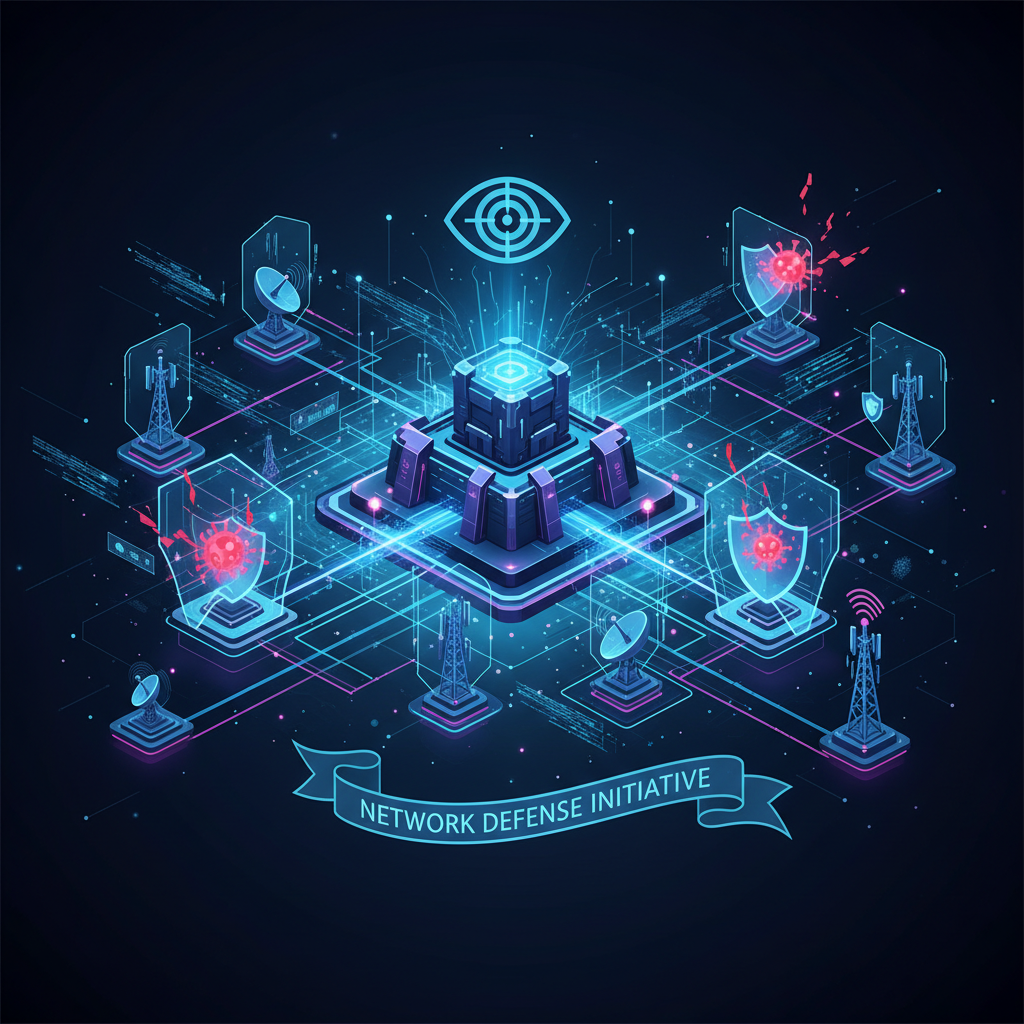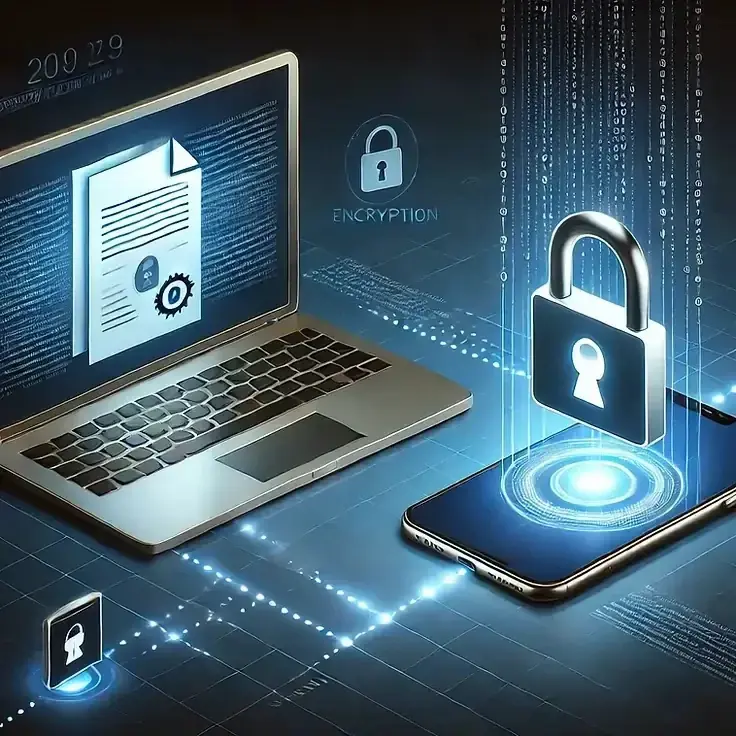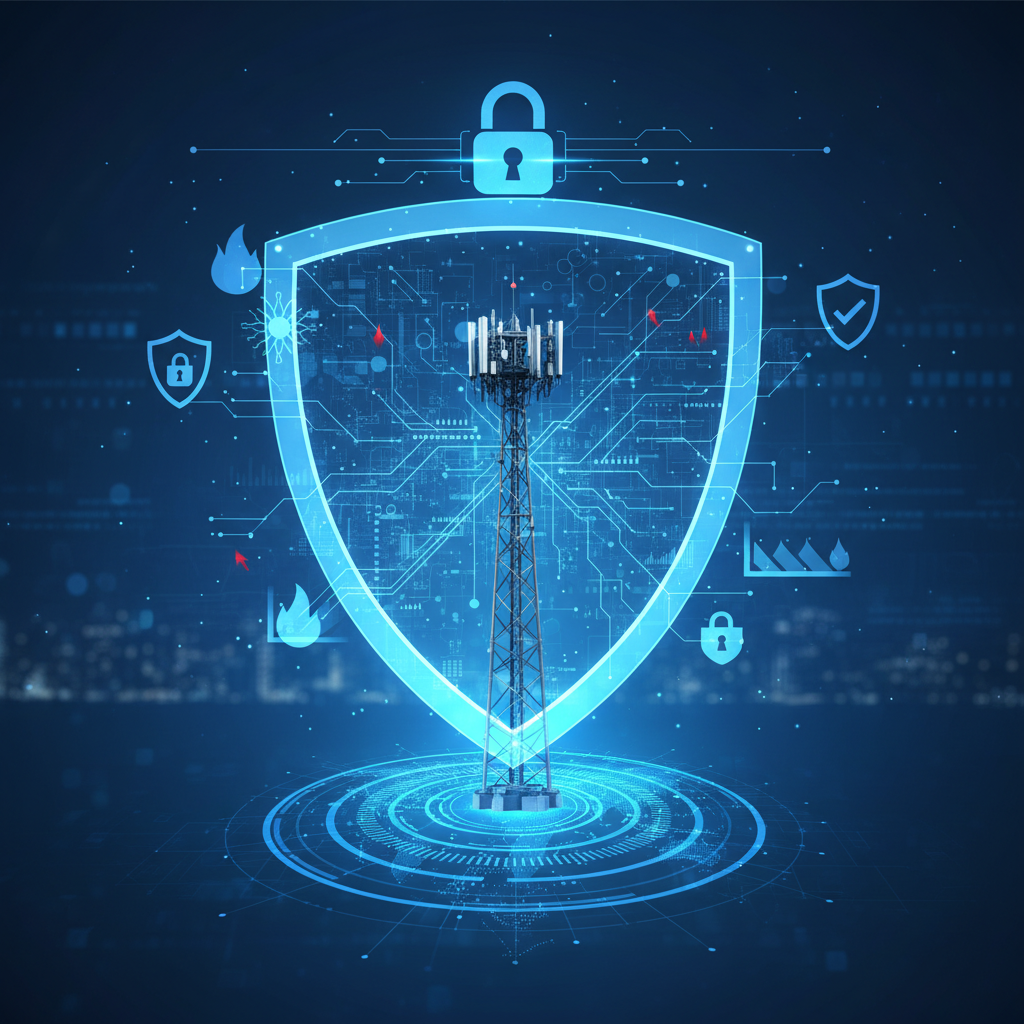
In recent months, a hacking group known as Salt Typhoon has infiltrated several U.S. internet and telecoms service providers, including major companies like AT&T, Verizon, and T-Mobile. This sophisticated campaign has exposed critical vulnerabilities in our communication infrastructure and highlighted the urgent need for enhanced security measures in both government and enterprise communications.
The Salt Typhoon campaign represents one of the most significant cyber espionage operations targeting telecommunications infrastructure in recent years. The attackers gained access to:
This breach demonstrates that even major telecommunications providers with sophisticated security measures can be compromised, putting millions of customers and businesses at risk.
Traditional telecommunications security relies heavily on network-level protections. However, the Salt Typhoon attacks revealed a fundamental flaw in this approach:
When attackers compromise the network infrastructure itself, network-level encryption becomes ineffective.
This is because:
The only reliable defense against network-level compromises is true end-to-end encryption where:
Cellcrypt provides this level of protection by encrypting calls, messages, and file transfers on the device itself, before they ever touch the network infrastructure.
The Salt Typhoon attacks also highlight another critical concern: the long-term security of encrypted communications. Even if current encryption protects against immediate threats, adversaries are likely harvesting encrypted data now to decrypt later when quantum computers become available.
This “Harvest Now, Decrypt Later” threat is particularly relevant for:
Cellcrypt addresses both immediate and future threats with:
For government agencies and enterprises handling sensitive information, the Salt Typhoon attacks demonstrate why consumer-grade security and standard telecom encryption are insufficient.
Government agencies should:
Businesses must:
Cellcrypt was designed specifically to address the vulnerabilities exposed by attacks like Salt Typhoon:
The Salt Typhoon attacks teach us several critical lessons:
Organizations can no longer rely on telecommunications providers alone to protect sensitive communications. The Salt Typhoon attacks demonstrate that even major carriers with sophisticated security can be compromised.
The Salt Typhoon attacks represent a wake-up call for government agencies and enterprises worldwide. As sophisticated adversaries increasingly target telecommunications infrastructure, the only reliable defense is true end-to-end encryption combined with post-quantum cryptography.
Cellcrypt provides the military-grade security needed to protect against both current threats like Salt Typhoon and future quantum computing attacks. With zero-knowledge architecture, post-quantum encryption, and independent infrastructure, Cellcrypt ensures your sensitive communications remain secure regardless of network-level compromises.
Don’t wait for the next major breach to threaten your organization’s sensitive communications. Take action now to implement enterprise-grade security that protects against today’s threats and tomorrow’s quantum capabilities.
Get Started with Cellcrypt | Learn About Post-Quantum Encryption

In 2025, sending files securely is no longer optional—it's essential. Whether you're sharing legal contracts, personal records, business plans, or financial data, unencrypted documents are vulnerable to breaches, interception, and accidental leaks.

Discover why secure out-of-band communication channels are mission-critical for cybersecurity incident response and business continuity planning.

Criminals in Australia deploy 'dirtboxes' to mimic cell towers, threatening privacy. Learn how these devices work and how Cellcrypt's encryption protects against these attacks.